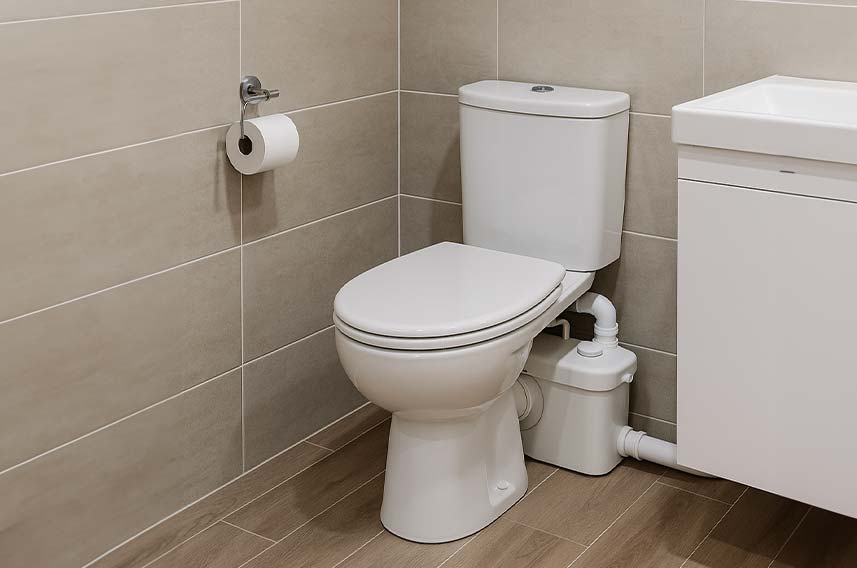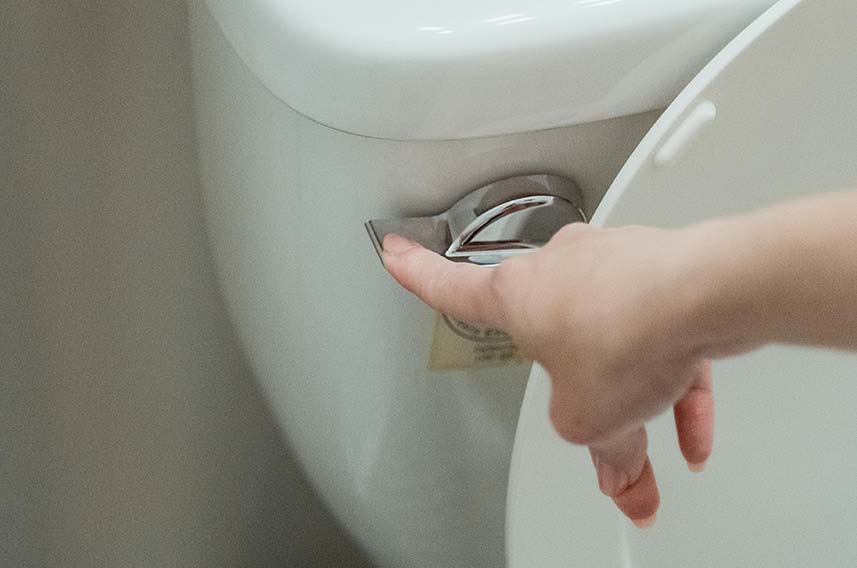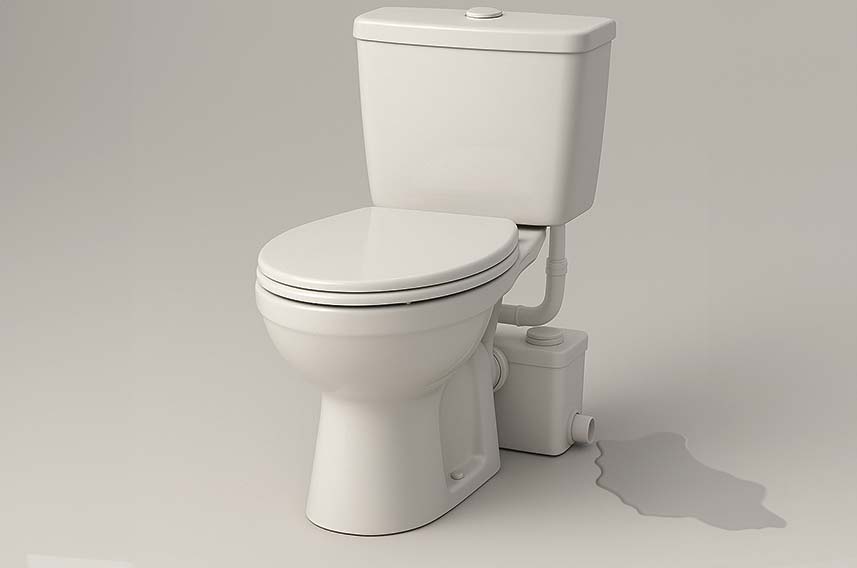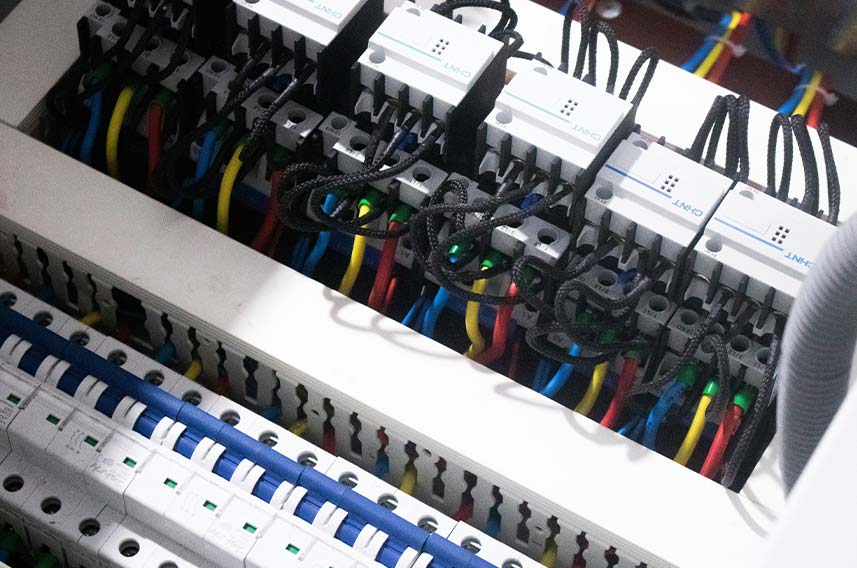Tel: 01474 876800 • Client Portal
- Who We Are
- What We Do
- Build
- Carpentry
- Building Works
- Commercial Flooring
- Commercial Glazing
- Commercial Locksmith
- Commercial Painting & Decorating
- Commercial Plastering
- Commercial Plumbing
- Commercial Refurbishment
- Commercial Roofing
- Design & Construction
- Electrical Installation
- Hard & Soft Landscaping
- Mechanical & Electrical
- Office Builders
- Office Fit Outs
- Office Heating
- Office Partitioning
- Office Relocation
- Site Management
- Maintain
- 24 Hour Helpdesk
- Access Control
- Air Conditioner Repair
- Air Conditioning Servicing
- Commercial Boiler Servicing
- Commercial Electricians
- Commercial Ground Maintenance
- Commercial Pest Control
- Commercial Property Maintenance
- Drain Unblocking
- Emergency Callouts
- Emergency Light Testing
- Facilities Management
- Fire Alarm Testing
- Fire Extinguisher Testing
- Fire Sprinkler Testing
- Fixed Wire Testing
- Handyman Service
- Lift Servicing
- Office Health & Safety
- PAT Testing
- Planned Preventative Maintenance
- Reactive Maintenance
- Roof Maintenance
- TMV Maintenance
- Water Hygiene
- Clean
- Build
- How We Do It
- Why Use Us
- Contact

10 Common Saniflo Toilet Troubleshooting Solutions
Saniflo toilets, also known as macerator toilets, are an innovative and practical solution for adding bathroom facilities in spaces where traditional plumbing might be difficult or costly.
These systems are ideal for basements, loft conversions, garden offices, or any area far from the main soil pipe.
Their compact design and ability to be installed almost anywhere have made Saniflo toilets a popular choice in many homes and commercial properties.
However, like any mechanical system, they can sometimes run into problems.
This article covers ten of the most frequent Saniflo toilet troubleshooting issues, along with simple troubleshooting tips that may help resolve them before you need to call a professional.
Understanding how a Saniflo system works and knowing how to troubleshoot common issues can save you time, money, and frustration.
Table of Contents
What is a Saniflo Toilet?

A Saniflo toilet is a type of macerator toilet designed for use in locations where traditional plumbing isn’t practical.
Unlike standard toilets, which rely on gravity to move waste down a vertical soil pipe, a Saniflo toilet uses a macerator and pump system to process and transport waste through narrow pipes to the main sewage line.
The macerator unit is usually positioned behind or beneath the toilet.
When flushed, the waste and water enter the unit, where spinning blades grind the contents into a fine slurry.
This slurry is then pumped through small-diameter pipes over long distances and even uphill, depending on the model.
This makes Saniflo toilets ideal for basements, garages, lofts, or outbuildings, where installing traditional plumbing would be difficult, disruptive, or expensive.
They are commonly used in home extensions or when converting rooms into extra bathrooms.
Saniflo systems can also be connected to sinks, showers, and even washing machines, depending on the unit’s capacity.
While these toilets offer greater flexibility, they do require more care than standard systems.
Misuse or lack of maintenance can lead to blockages, electrical issues, or mechanical failure, so understanding how they work is key to keeping them running smoothly.
10 Common Saniflo Toilet Troubleshooting Solutions
Saniflo toilets are convenient but can sometimes develop faults due to their mechanical parts.
Knowing how to identify and fix common problems can save time and stress.
By understanding these common Saniflo toilet problems and their solutions, you can save time, money, and hassle.
However, if you are ever in doubt, always contact a Saniflo-approved engineer or qualified plumber.
Proper care and maintenance can keep your macerator toilet working smoothly for many years.
Below are ten frequent Saniflo toilet issues, along with practical troubleshooting solutions to help restore your system to proper working order.
Saniflo Toilet Backs Up Into Bath
One of the most unpleasant issues with a Saniflo system is when waste backs up into the bath or shower.
This typically happens when there is a blockage in the shared waste pipe that connects the Saniflo unit to other fixtures.
If the discharge pipe is blocked or partially obstructed, waste from the toilet may take the path of least resistance – often through another connected outlet like a bath or shower.
To fix this, inspect the pipework for blockages.
Remove any visible debris and check the non-return valve, which prevents waste from flowing backwards.
If the valve is damaged or stuck open, it must be replaced.
Avoid flushing unsuitable items, such as wet wipes or excessive toilet paper, as these commonly cause clogs.
If the issue continues, a professional plumber may need to carry out a full system inspection.
Saniflo Toilet Blocked
A blocked Saniflo toilet is a common issue, usually caused by items that should not be flushed.
Saniflo systems are only designed to handle human waste and toilet paper.
Anything else, like sanitary products, wipes, or cotton buds, can clog the macerator or discharge pipe.
To troubleshoot this, first turn off the power to the unit.
Remove the lid and inspect the blades for any visible obstructions.
Use long-nose pliers to gently remove any items caught in the blades.
Be careful not to damage the mechanism.
You can also try using a Saniflo-friendly drain cleaner to break up smaller blockages.
Never use regular caustic cleaners, as these can damage internal components.
If the blockage is beyond the unit, professional pipe clearing may be required.
Saniflo Toilet Constantly Flushes
If your Saniflo toilet continues to flush after use, or if the pump keeps running non-stop, there may be a problem with the internal components.
The most common cause is a faulty rubber membrane or a microswitch stuck in the ‘on’ position.
These parts control when the pump starts and stops.
To investigate, switch off the power and remove the unit’s cover.
Examine the rubber membrane for damage or warping.
If it’s worn, it can keep the switch pressed, causing the unit to run constantly.
Replace the membrane if needed.
If the membrane is intact, inspect the microswitch.
You may need to replace it if it’s faulty.
In some cases, a slow-dripping tap or leaking valve could be triggering the unit too frequently – check all water sources nearby.
Saniflo Toilet Doesn’t Activate

If the Saniflo toilet doesn’t activate when flushed, this could point to an electrical fault, blocked inlet, or a failed switch.
First, check the obvious and make sure the unit is plugged in and that the fuse hasn’t tripped.
Reset the circuit breaker if needed.
If the power supply is working, the problem may be internal.
Remove the unit’s cover and check for waste blocking the sensor or float switch that triggers the motor.
A damaged microswitch or broken motor can also cause the system to stop working altogether.
These parts are replaceable, but if you’re unsure, it’s best to call in a Saniflo-trained technician.
Saniflo Toilet Flushes on its Own
A Saniflo toilet that flushes by itself may seem strange, but it’s often caused by a slow leak into the unit.
This leak could be coming from a faulty inlet valve, dripping tap, or leaking cistern.
Even a small, steady drip can eventually trigger the pump.
To resolve this, check the toilet cistern and inlet valve for any leaks.
If you have a connected basin, test the taps and make sure they’re fully off and not dripping.
A leaking fill valve in the toilet tank may also allow water to flow into the Saniflo chamber, causing it to run unexpectedly.
Replacing the faulty valve should solve the issue.
Saniflo Toilet Foaming
If foam or frothy bubbles appear in or around the Saniflo unit, the likely cause is high-foaming cleaning products.
Standard toilet cleaners, soaps, or washing-up liquids can produce excessive foam that interferes with the motor’s operation.
In some cases, foam can block the air vent or overflow out of the unit.
The first step is to stop using regular cleaning agents and switch to a Saniflo-approved descaler or low-foaming cleaner.
Flush the unit several times with clean water to help remove any leftover product.
Regular descaling every few months can also help keep the unit in good condition and prevent this problem from recurring.
Saniflo Toilet is Warm
A Saniflo unit that feels warm to the touch could be overheating.
This usually indicates that the motor is overworking, possibly due to a partial blockage, excessive use, or the pump running too long.
A warm or hot unit should be addressed promptly to avoid long-term damage.
Turn off the power and check the system for any signs of blockage or debris.
Inspect the impeller (the spinning part that moves the waste) for anything stuck around it.
Ensure the microswitch is not stuck in the ‘on’ position, which can cause the pump to run continuously and overheat.
If the motor is damaged from excessive use, it may need replacing.
Always allow the unit to cool down before touching any components.
Saniflo Toilet Leaks

Leaks from a Saniflo toilet can be caused by several things – worn seals, cracked housing, or loose pipe connections.
Start by identifying where the leak is coming from.
Look around the base, the back of the unit, and any visible pipe joints.
Turn off the power and water supply, then remove the cover to inspect the internal seals.
If any rubber seals are perished or not sitting properly, replace them.
Tighten any loose connections, particularly where the discharge pipe meets the unit.
If the main body of the Saniflo unit is cracked or damaged, it may be beyond repair and require a full replacement.
Leaks can also be caused by backflow due to a faulty non-return valve.
If this is the case, install a new valve to stop waste water from re-entering the system.
Saniflo Toilet Trips Electrics

If your Saniflo toilet trips the fuse box or trips the electrics every time it runs, this is often a sign of water getting into the electrical parts or a short circuit.
Moisture around the motor or control box is dangerous and must be dealt with immediately.
Unplug the unit and inspect it for signs of water damage.
Let the unit dry out fully before attempting any repairs.
If the motor or wiring appears corroded or burnt, these parts should be replaced by a qualified professional.
Using an RCD (residual current device) is recommended to provide extra protection.
Sometimes, the issue may be as simple as a worn power cable or loose connection.
Always check the plug and socket for signs of damage or burning.
Saniflo Toilet Vibrates
If your Saniflo toilet vibrates loudly or makes a rattling noise when in use, it may be due to a foreign object caught in the macerator blades.
This can also cause the unit to shake or sound unusually loud during operation.
Turn off the power and open the unit carefully.
Check the blades for anything stuck, such as a plastic item, sanitary product, or small object.
Remove the blockage gently using pliers.
Be careful not to bend or damage the blades.
Once clear, reassemble the unit and test it.
Vibrations can also occur if the unit is not fixed securely to the floor or wall.
If the casing or pipes move when the motor runs, tighten all mounting screws and supports.
Conclusion
This article should help with common Saniflo toilet roubleshooting.
Saniflo toilets offer a practical and flexible solution for adding bathroom facilities in places where traditional plumbing would be costly, time-consuming, or even impossible.
Their ability to pump waste over long distances and uphill makes them ideal for home extensions, garden offices, basements, and loft conversions.
However, like any system with moving parts and electrical components, Saniflo toilets are not without their challenges.
When problems do arise, addressing them quickly is essential. Ignoring strange noises, unpleasant musty,damp smells, or unusual operation could lead to more serious damage or system failure.
In many cases, basic troubleshooting can resolve the issue, but it’s important to know your limits. If you’re ever unsure, it’s safer to consult a qualified plumber or electrician.
With the right maintenance and prompt action, your Saniflo toilet can continue to work efficiently and reliably for years to come.
For more information, or help with any of your commercial cleaning needs, get in contact with us here at ECMS.
Request a Callback
Recent Posts
- How to Clean Stainless Steel Surfaces 01th Aug 2025
- 10 Common Saniflo Toilet Troubleshooting Solutions 01th Jul 2025
- Importance of Personal Hygiene at Work 01th Jun 2025
- How to Clean a Toilet Brush 01th May 2025
- How to Clean Painted Walls 01th Apr 2025
- How to Get Oil Stains Out of Carpet 01th Mar 2025
- How to Clean a Fridge and Remove Bad Smells 01th Feb 2025
- How to Get Coffee Stains Out of a Carpet 01th Jan 2025
- How to Clean Gutters Correctly 01th Dec 2024
- What is PAT Testing? 01th Nov 2024

